How to Culture Your Own Infusoria at Home
Updated on 05/26/24
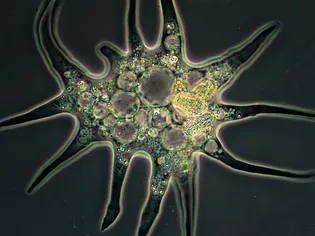
How to Culture Your Own Infusoria at Home: A Comprehensive Guide
Introduction
Infusoria, also known as Paramecium, are microscopic, single-celled organisms that play a vital role in the aquatic ecosystem. They serve as a primary food source for numerous fish species, including fry, newly hatched larvae, and small invertebrates. Culturing your own infusoria at home is an easy and cost-effective way to provide your aquatic pets with a nutritious and abundant diet.
Benefits of Culturing Your Own Infusoria
1. Convenience: Having a dependable supply of infusoria on hand eliminates the need for frequent trips to the pet store or unreliable sources.
2. Cost-effectiveness: Culturing your own infusoria is significantly cheaper than purchasing it commercially.
3. Control over Quality: By culturing your own infusoria, you can ensure the quality and cleanliness of the food you provide to your aquatic pets.
Materials Required
* Starter culture (optional, but recommended)
* Clear container (e.g., jar, bowl)
* Hay or straw
* Aeration (e.g., air pump, airstone)
* pH test kit
* Microscope (optional, for monitoring culture)
Step-by-Step Instructions
1. Prepare the Container:
* Choose a clear container that allows for easy observation and cleaning.
* Fill the container with declorinated water, leaving about 2-3 inches of headspace.
2. Inoculate with Starter Culture (Optional):
* If available, add a small amount of established infusoria culture to the container. This will jump-start the growth process.
3. Add Organic Material:
* Place a handful of hay or straw into the container. This will provide a food source for the infusoria.
4. Aerate the Culture:
* An air pump and airstone will help to oxygenate the water and create a favorable environment for infusoria growth.
5. Monitor pH Level:
* Test the pH level of the culture regularly. Infusoria prefer a neutral to slightly alkaline pH (around 7.0-7.5).
6. Harvest Infusoria:
* After 2-3 days, the infusoria population should have significantly increased.
* Use a pipette or turkey baster to gently harvest the infusoria from the surface of the culture.
Tips for Optimizing Growth
* Use a variety of organic materials: Alternate between hay, straw, and decaying plant matter to provide a balanced diet for the infusoria.
* Maintain optimal temperature: Infusoria thrive in temperatures between 70-80°F (21-27°C).
* Consider using a grow light: Providing additional light can enhance infusoria growth.
* Avoid overcrowding: Monitor the culture and harvest infusoria regularly to prevent overcrowding and oxygen depletion.
Troubleshooting
* No growth: Check the pH level and ensure it is within the optimal range. Adjust if necessary.
* Cloudy water: Too much organic material can cause the water to become cloudy. Remove excess hay or straw.
* Foul odor: This indicates contamination. Discard the culture and start a new one.
Examples of Infusoria Culture Application
* Feeding fry: Provide a constant supply of live infusoria for newly hatched fry until they reach a larger size.
* Enriching brine shrimp: Add infusoria to brine shrimp cultures to increase their nutritional value for fish.
* Feeding invertebrates: Invertebrate species such as snails and copepods can also benefit from infusoria as a food source.
Conclusion
Culturing your own infusoria at home is a rewarding experience that provides numerous benefits for your aquatic pets. By following the steps outlined in this guide, you can easily establish a reliable and healthy infusoria culture to support the growth and well-being of your aquatic invertebrates and fish. Remember to monitor the culture regularly, make adjustments as needed, and harvest infusoria responsibly for optimal results.
Explore More Pets
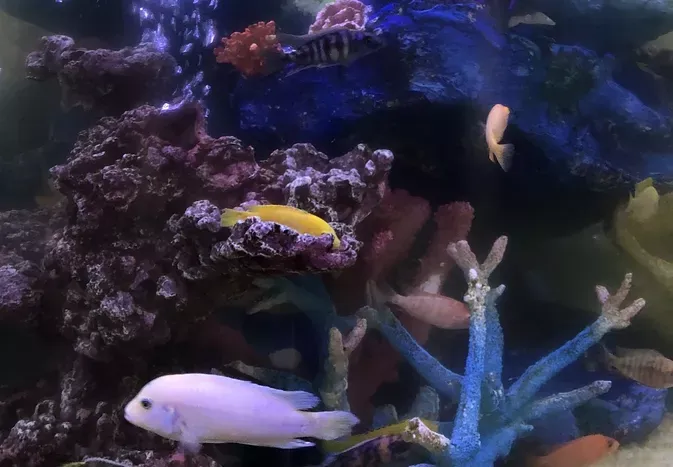
Freshwater Aquarium Filters
How to Deal With Cloudy Aquarium Water
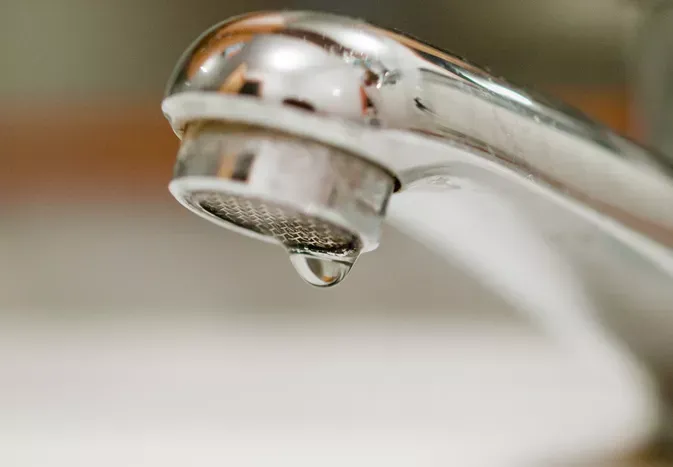
Saltwater Aquarium Filters
How Do You Remove Chloramines From Tap Water?
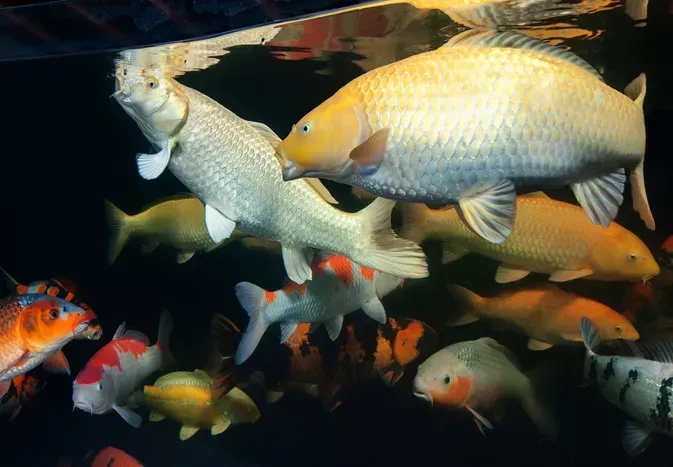
Freshwater Aquariums & Habitat
Can I Keep My Koi Fish Inside?
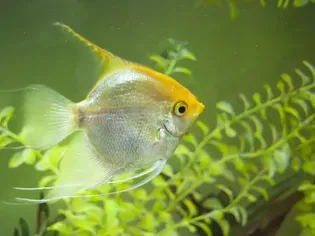
Saltwater Aquariums & Habitat
14 Best Floating Plants for Your Aquarium
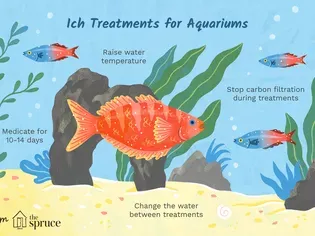
Freshwater Fish Health
How to Treat Ich on Freshwater Fish
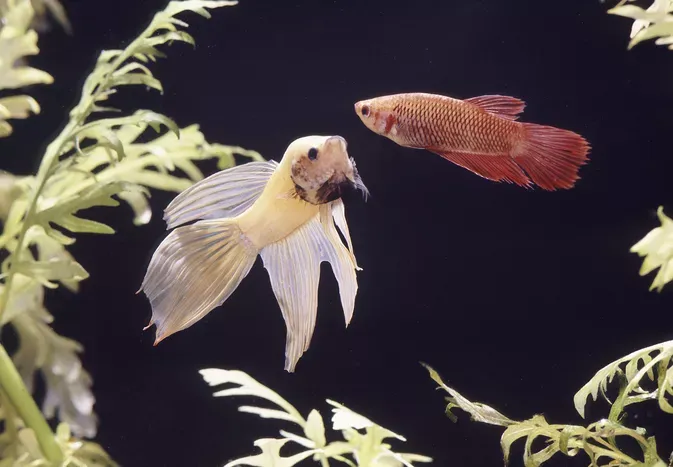
Saltwater Fish Health
Fin Rot in Aquarium Fish
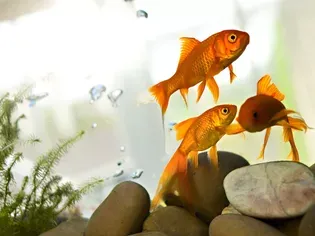
Freshwater Aquarium Filters
How to Do Aquarium Water Changes
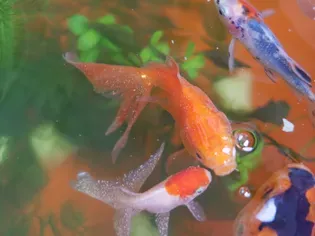
Saltwater Fish Health
How Do Fish Get Parasites?
